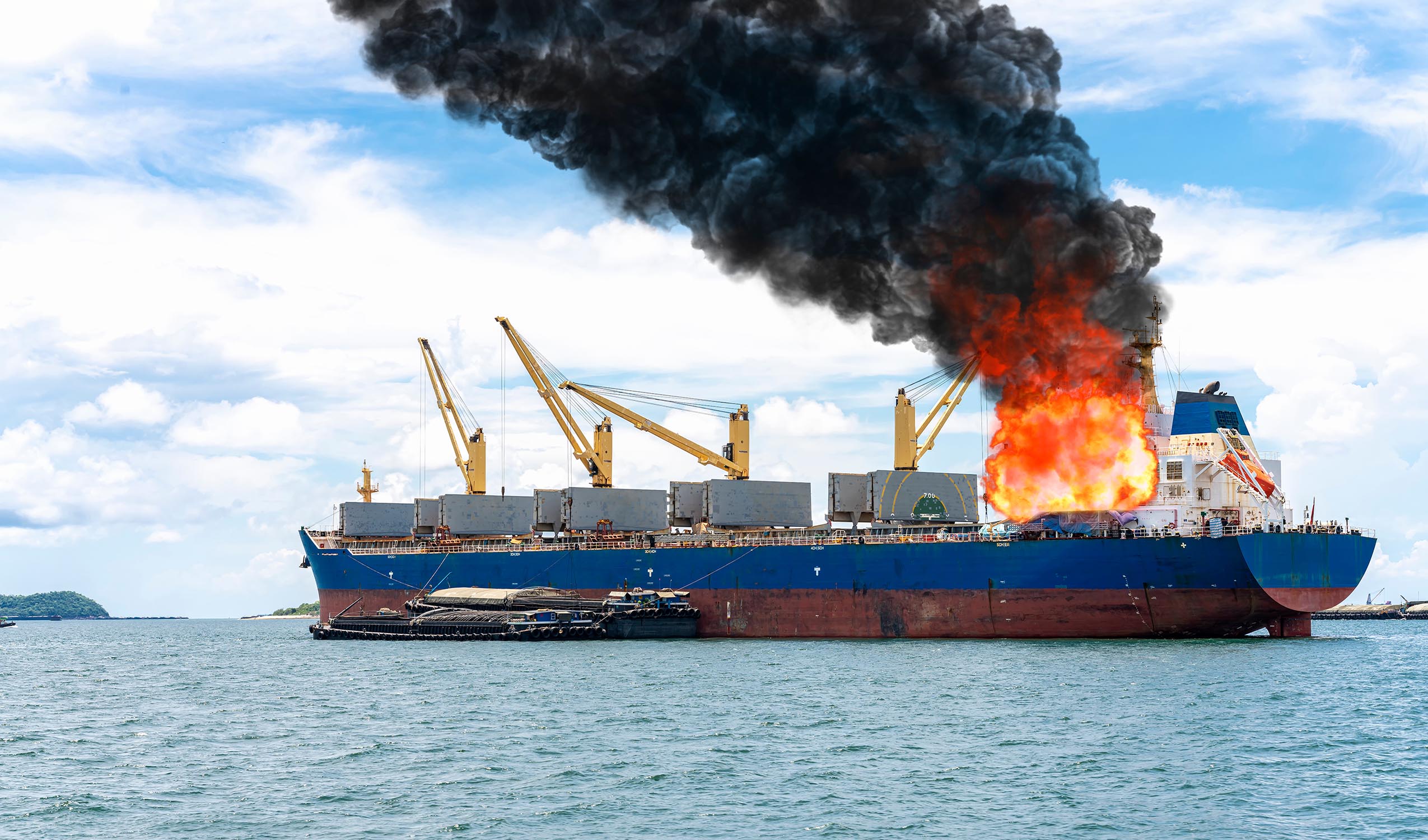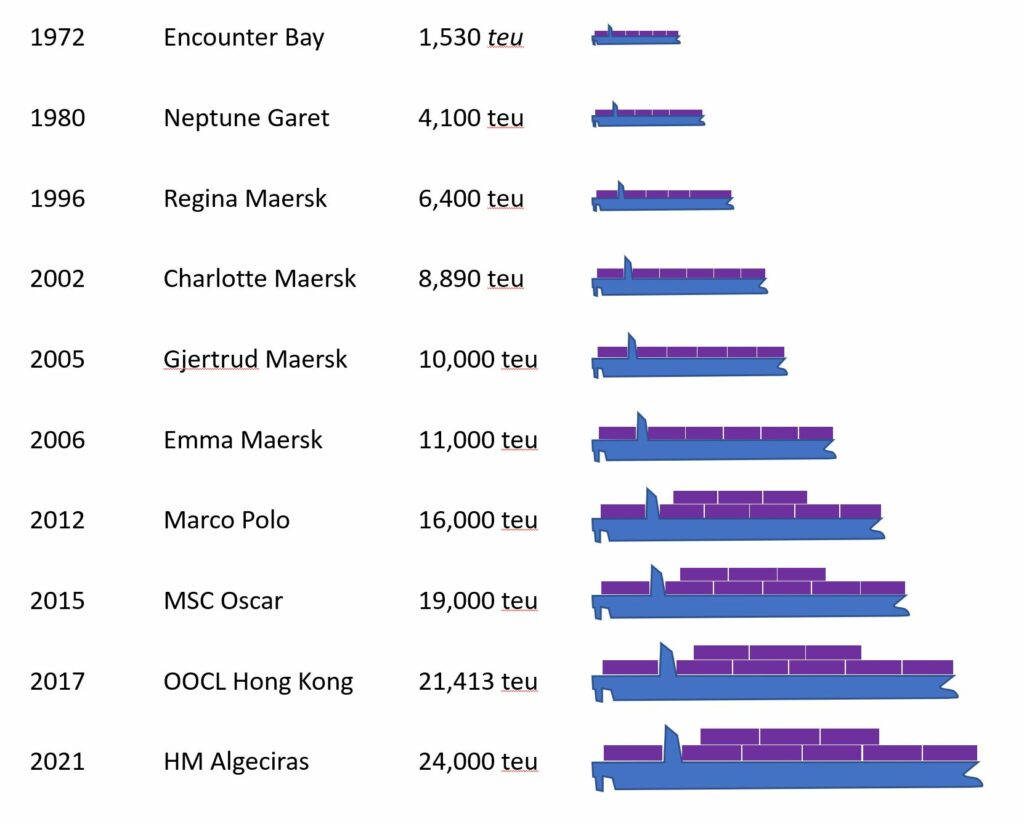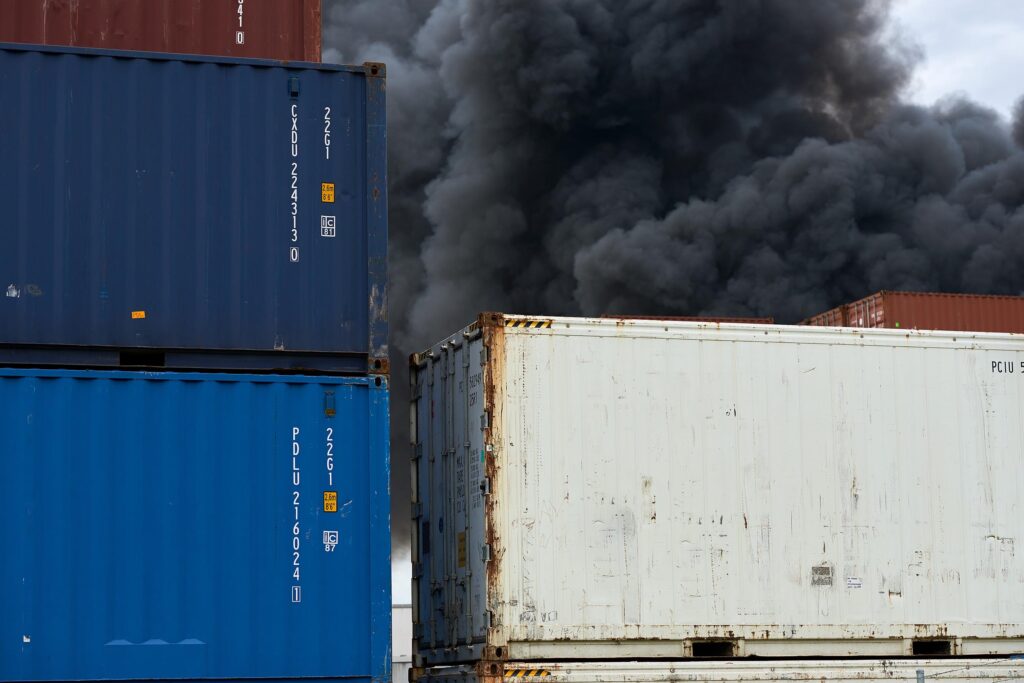Copyrights 2022/23: Lexzau, Scharbau GmbH & Co. KG, Bremen (Germany). Concept and realization vibrio | Imprint | Privacy | Cookie Settings


The transport of dangerous goods requires great care in quality management and a maximum sense of responsibility from everyone involved in tasks in this area. This starts with proper dangerous goods classification and continues with safe packaging, labeling, documentation, safe loading and reliable transportation with selected subcontractors.
The risks that can arise from the smallest errors and carelessness at any point in the complex logistics chain are considerable and can cause enormous damage to people and the environment – on land, at sea and in the air.

Fires often start unnoticed in individual containers and then quickly spread over a wide area. Firefighting capabilities are difficult anyway due to the confined spaces. If this is compounded by an incorrect declaration of the containers and the associated incorrect stowage location on board, as well as an incorrect approach to firefighting, the disaster can no longer be avoided.
Unfortunately, the number of false declarations and the resulting accidents have increased dramatically worldwide in recent months. There are several reasons for this. The global Corona pandemic and the war in Ukraine have caused significant disruptions to logistics chains. As a result, the workload for airlines, shipowners as well as logistics service providers has increased significantly due to planning uncertainty and the additional shortage of skilled workers.
But of course, time and again, companies also try to simply save time and money by declaring dangerous goods incorrectly or not at all. Peregrine Storrs-Fox, Risk Management Director at TT Club, estimates that around ten percent of all containers shipped worldwide today contain cargo declared as dangerous goods. However, he suspects that in addition, undeclared dangerous goods are transported in a further five percent of all containers.
Although the problem of misdeclaration primarily affects ocean freight, it also affects air freight and intermodal shipments. The transport companies, especially the major shipping companies, have now responded. They are increasingly carrying out comprehensive checks on dangerous goods declarations. If the documents are incorrect, unilateral contractual penalties of up to 30,000 euros can be imposed (“mis-declaration fee”). These penalties are often incurred for even minor deviations and are non-negotiable due to the market power of the shipping companies.
One of the pioneers in introducing controls and penalties was Singapore-based Ocean Network Express (ONE), the seventh largest shipping company in the world. It now fines customers who misreport the weight of their containers. Incorrect weight information can affect ship stability and has led to accidents on large container ships several times in the past, according to investigations by Allianz Global Corporate & Specialty (AGCS). “The introduction of this penalty for misrepresentation will increase operational safety for all involved in cargo handling, both ashore and on board vessels,” ONE said, according to industry service Splash.
As a dangerous goods officer for the Leschaco Group, I have great sympathy for these controls, because in the event of an accident, the damage to people and the environment is catastrophic.
Especially in times when logistics chains are facing major challenges, we at Leschaco want to continue to do everything we can to meet our high quality standards – not only to avoid penalties for incorrectly completed declarations, but also to ensure that hazardous goods are transported safely for people and the environment. Quality and safety are our top priorities.

Illustrations © Chris Mirek Freeman – stock.adobe.com and Surasak – stock.adobe.com
The Leschaco Group is a global logistics service provider that combines Hanseatic tradition with cosmopolitanism and a spirit of innovation. “Experienced. Dedicated. Customized.” This is a fitting summary of the company’s philosophy: On the basis of decade-long experience teams of specialists set up customized solutions
› Sea Freight
› Air Freight
› Tank Container
› Contract Logistics
› Supply Chain Solutions
› Intermodal Transports
› Industrial Solutions
› Services
Lexzau, Scharbau GmbH & Co. KG
Kap-Horn-Straße 18
28237 Bremen
Deutschland
phone (49) 421.6101 0
fax (49) 421.6101 489
info@leschaco.com
Copyrights 2022/23: Lexzau, Scharbau GmbH & Co. KG, Bremen (Germany). Concept and realization vibrio | Imprint | Privacy | Cookie Settings